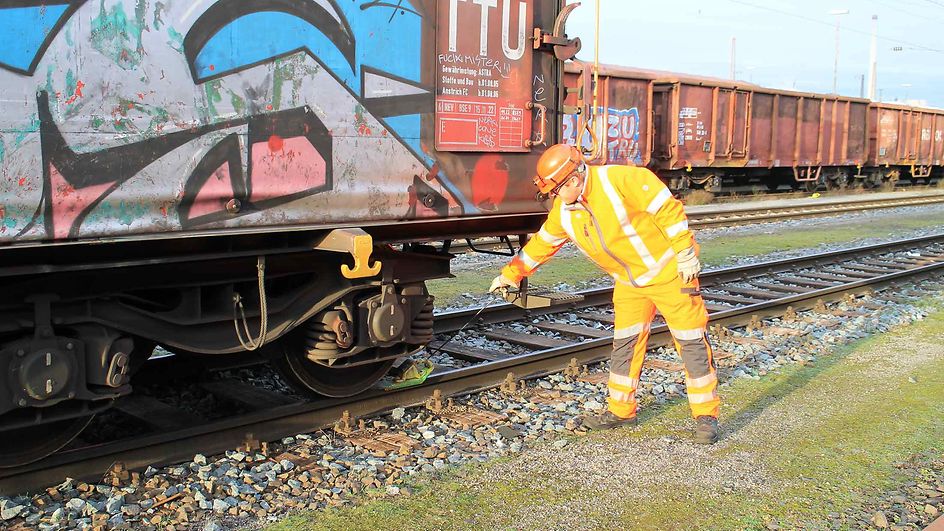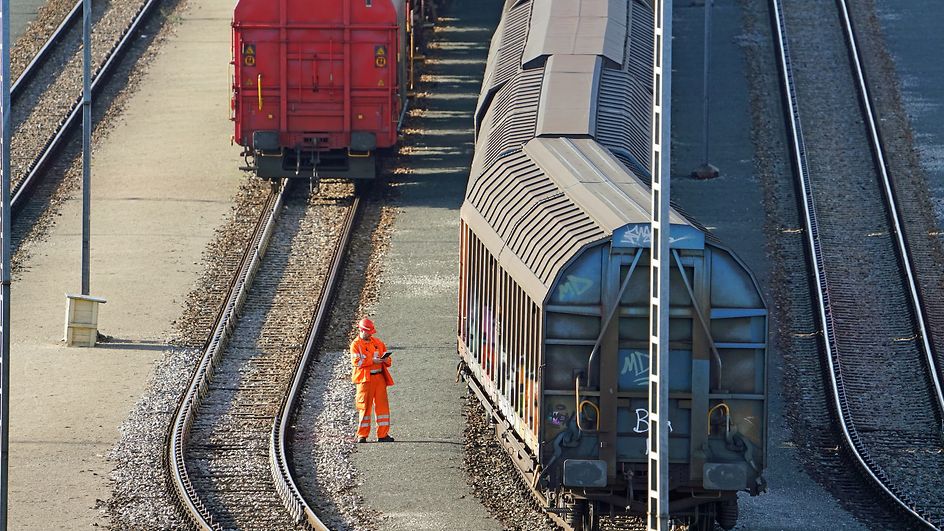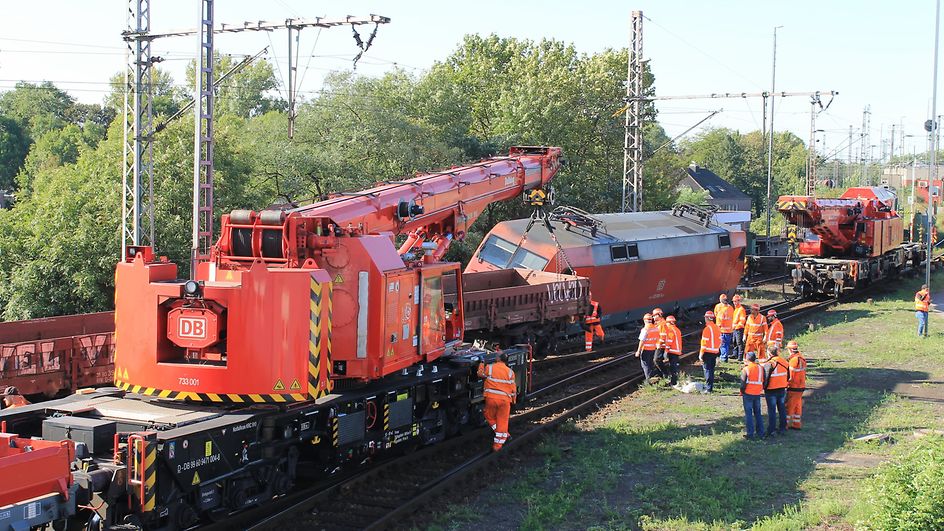Article: In focus: What does a shunting attendant actually do at DB Cargo?
Whether day or night, shunting attendants like Michel Konermann are indispensable for ensuring the smooth flow of freight traffic. Their work ensures that trains weighing several tons reach their destination safely and on time. But what is everyday work like in this exciting profession?
Precision and responsibility
A typical working day for Michel Konermann starts early, late or at night, depending on the shift. After changing and putting on his personal protective equipment (PPE), he reports to the dispatcher and valley foreman, who is responsible for controlling and coordinating the switchman. This is where he receives his assignment: whether it's moving freight cars in train classification or pushing and shunting wagons, every day brings new challenges.
Michel Konermann
As a shunting attendant, Konermann has a variety of tasks that require maximum concentration and teamwork.
"When the trains enter the classification yard, the train attendants first separate the air hoses and the wagons. As shunting attendants, we then push the trains to the hump, disconnect the couplings and ensure that the wagons run down into the valley. Down below, the switchmen set the points so that the wagons roll onto the right tracks. The switchmen then apply the brakes with the brake shoes."
How I came to DB Cargo: A friend of my father-in-law, who was on the works council here, suggested the job to me. I had previously been a painter and industrial painter, but the work in the fresh air appealed to me. The seven-month apprenticeship and the exams were quite a challenge, especially going back to school after more than 20 years, but I'm glad I did it. In the future, I would like to qualify as a shunting locomotive driver.
What advice would you give to anyone interested in the profession?: If you want to become a shunting attendant, you should consciously prepare yourself for the challenges. Rotating shifts and learning are part of the job.
My hobbies and interests are: I spend my free time with my four-year-old son. In addition to soccer and swimming, he is also a big railroad fan and loves to see locomotives. That's why we went to the Rail Day here in Wanne-Eickel together last year.
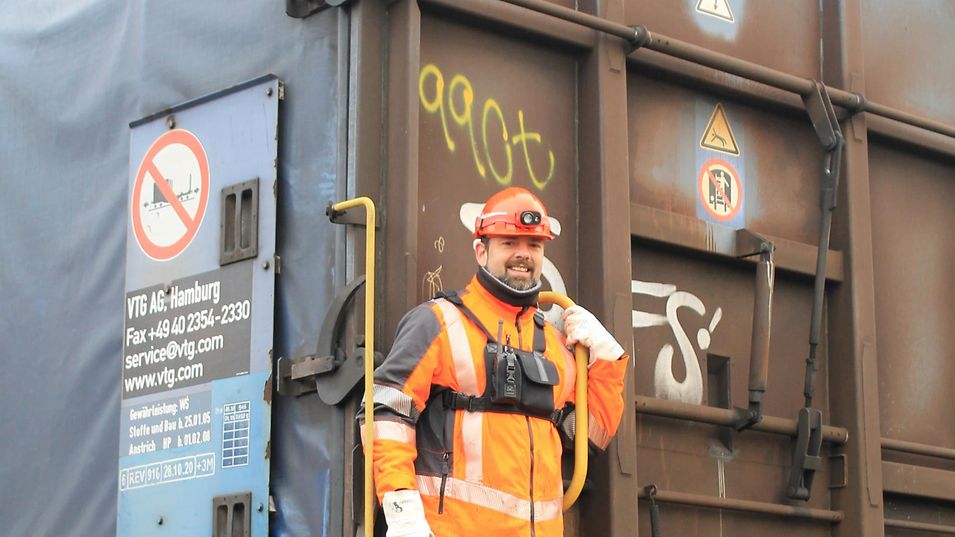
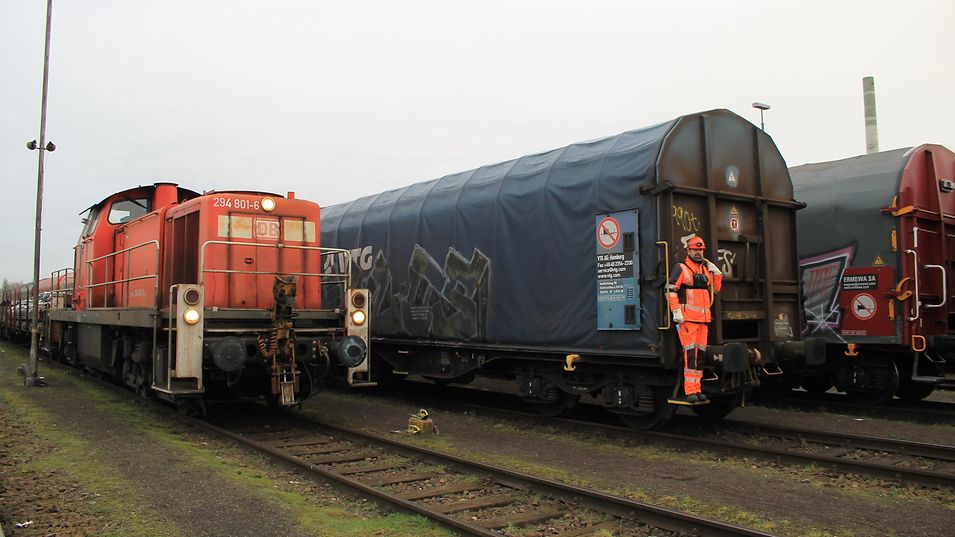
Technology in action
The job also requires the use of both classic and modern technology. In addition to protective equipment, tools such as coupling rods and brake shoes are indispensable. Newer developments, such as the use of tablets for documentation and communication, make everyday work easier: "Everything used to be on paper and in folders, but today it's much faster digitally," says Konermann.
Challenges and safety
However, the workplace also harbors risks, which is why safety regulations have colonel priority. "We move tens of tons every day - an accident can have serious consequences," warns Michel Konermann. In addition to physical fitness, skills such as attentiveness and caution are essential: "Tracks are only entered if you have looked left and right. Wagons are often not audible due to other noises in the station, so you have to be particularly careful." Radio traffic at a high ambient volume is also not always easy to understand. "I sometimes stop for longer and ask until I know exactly what was said. Safety is the be-all and end-all in this job."
Michel Konermann is now in his fourth year at DB Cargo after making a career change and still really enjoys his job: "It's the right job for me. I couldn't sit in front of a computer all day."
